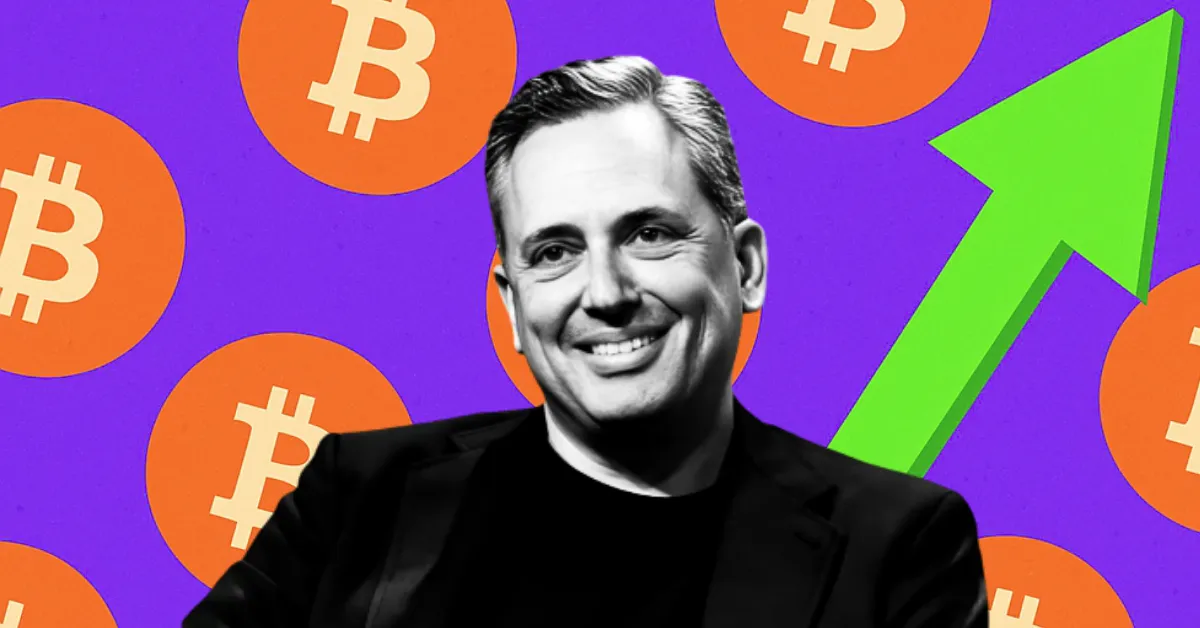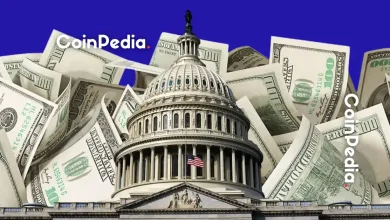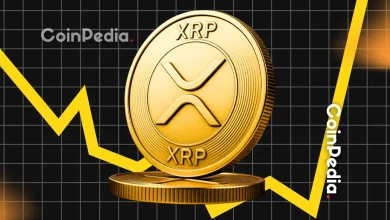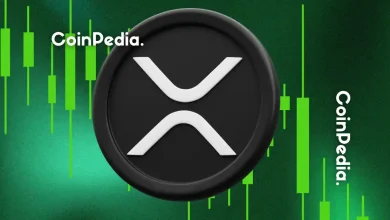
Trump’s crypto advisor says stablecoin regulation could unlock trillions in U.S. Treasury demand.
The GENIUS Act clears key Senate vote, pushing stablecoins toward federal legitimacy.
Critics flag conflicts as Trump-linked USD1 stablecoin ties emerge amid regulatory momentum.
Could the U.S. unlock trillions overnight – all thanks to stablecoins? Well, there’s a headline you didn’t expect this week.
But that’s the claim from David Sacks, the White House’s top advisor on crypto and AI under the Trump administration. And if he’s right, America’s debt market might be on the verge of a huge shift.
Speaking to CNBC, Sacks said that regulatory clarity for stablecoins could trigger “trillions of dollars of demand for our Treasuries practically overnight, very quickly.”
Here’s why you need to pay attention. His statement is a bold forecast backed by the Trump administration’s renewed push for crypto legislation.
Let’s unpack further.
Why Is the GENIUS Act Important?
At the heart of all this is the GENIUS Act – short for Guiding and Establishing National Innovation for U.S. Stablecoins. If passed, it would finally give stablecoin issuers a proper federal framework and bring dollar-backed stablecoins under U.S. oversight.
And momentum is clearly building. The bill just cleared a key hurdle in the Senate with a 66-32 vote, including support from 15 Democrats. Finally, some good news!
According to Sacks, “There’s every expectation that the bill is going to pass.”
Stablecoins: Unexpected Lifeline for U.S. Treasuries?
Is this just regulation for the sake of control? Sacks framed the bill as a massive economic opportunity – a chance to modernize U.S. payment rails while also attracting enormous liquidity into Treasuries. Stablecoins, he said, offer “a new, more efficient, cheaper, smoother payment system.”
That’s the sell, and it’s landing well – wouldn’t you agree?
There’s already over $200 billion in stablecoins circulating, and without clear rules. With regulation, that capital could flow into U.S. Treasuries, potentially changing the outlook of government debt financing.
But Wait – Here Come the Conflicts
Not everyone’s buying the stablecoin-as-savior narrative.
Critics are raising eyebrows over Trump’s ties to the crypto sector. His family is backing World Liberty Financial, which recently launched USD1, a stablecoin backed by U.S. Treasuries. It also pulled in a $2 billion investment from Abu Dhabi’s MGX fund – channeled through Binance, the same exchange that just admitted to violating U.S. anti-money laundering laws in a $4.3 billion plea deal. Yikes.
Last-Minute Drama Could Slow Things Down
Just as things were heating up, Sen. Josh Hawley dropped a last-minute amendment capping credit card late fees – something that could ruffle feathers in the banking world and slow things down.
Still, the broader outlook is hard to ignore. If the GENIUS Act passes, this won’t just be a win for stablecoins. It could become a turning point in how the U.S. approaches digital dollars, debt markets, and its global economic leverage.
Never Miss a Beat in the Crypto World!
Stay ahead with breaking news, expert analysis, and real-time updates on the latest trends in Bitcoin, altcoins, DeFi, NFTs, and more.
It’s not often crypto gets framed as a lever of national strategy – but here we are. And if Sacks is right, this is just the beginning.
FAQs
The GENIUS Act aims to provide a federal framework for dollar-backed stablecoins, bringing them under U.S. oversight and potentially attracting significant liquidity.
Stablecoins could attract over $200 billion in existing capital into U.S. Treasuries, modernizing payment systems and potentially changing government debt financing outlook.








